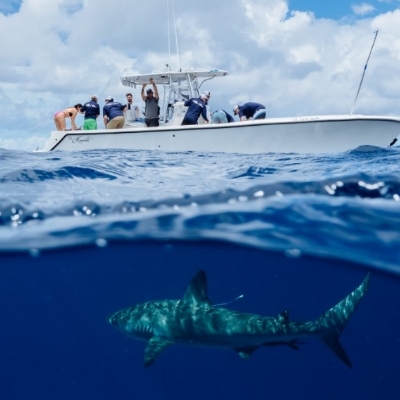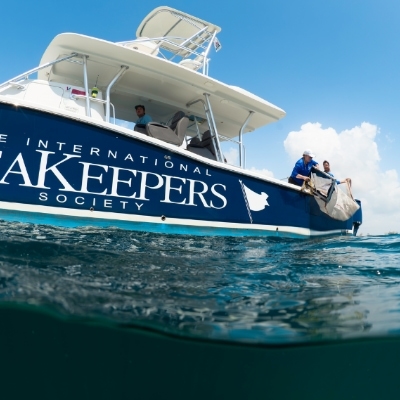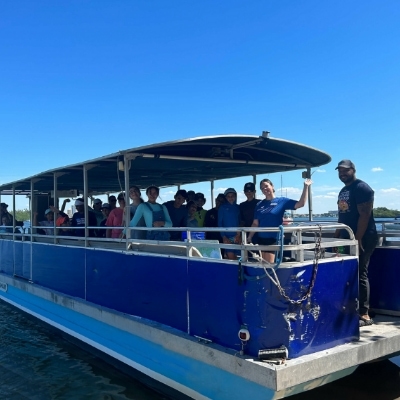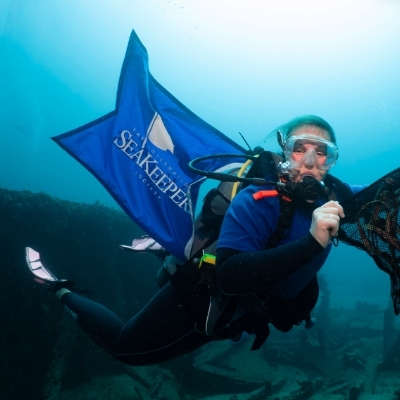Background:
The Kermadec Rangitāhua region lies approximately 1,000 kilometers northeast of New Zealand’s North Island, and hosts extremely high biodiversity, with marine life ranging from resident sea turtles and sharks to migrating dolphins and whales. The area’s unique geological features, which include the world’s longest arc of underwater volcanoes, hydrothermal vents, and the second-deepest ocean trench on Earth, support millions of seabirds, hundreds of fish species, and likely thousands of species of coral, sponges and other marine invertebrates. The Kermadec Islands Marine Reserve was created in 1990 to protect the sea around the Kermadec Islands establishing a no-take marine reserve from the shoreline out to the 12 nautical mile territorial sea boundary. In 2015, then-New Zealand Prime Minister John Key announced his commitment to protect the waters surrounding the Kermadec Islands further by creating one of the world’s largest fully protected marine areas. Covering 620,000 square kilometers, the Kermadecs ocean sanctuary would be 35 times larger than the combined area of New Zealand’s existing 44 marine reserves.
Mission:
The remote nature of Rangitāhua makes it one of the most difficult places on earth to work. While several previous marine expeditions have been to these Islands, they have largely focused on either the deep sea >250 m or shallower than 30 m. We propose to look at ecosystems that have never been explored before in the mesophotic zone. This zone typically exists between 25 and 150 m, at the limit of light for photosynthesis. We believe these mesophotic ecosystems are strongly linked to surface waters by migrating fish, who feed in the deeper mesophotic ecosystems. The team will explore these ecosystems for the first time with a state-of-the-art mini-Remotely Operated Vehicle and SCUBA. A Boxfish Alpha deep water ROV will also be used for this project. Not only will the team describe benthic mesophotic communities, where they expect to find new species, but will also using baited underwater video camera to assess the fish and top level predator populations. The latest development in advanced photogrammetry will be used to create 3D models of the underwater environments that will be used for future monitoring and to re-create underwater scenes for future virtual reality museum experiences. We will characterise these benthic communities in a way never before seen.
Prof Bell and his team will connect the rest of the world with the Kermadecs. Using Starlink technology, they will run an outreach program from the field, linking school groups to join actual ROV dives in real time and holding Q and A sessions to educate the students. Professor Bell has a strong media profile and will promote the trip via social media (Instagram: #sponge_ecology), press releases, and by supporting articles in popular media (e.g. The Conversation). Prof Bell's team would like to take a journalist on this trip to document the journey (for example from National Geographic or Discovery Channel), with also the potential for live links for news items (e.g. Sky News, National NZ News).
Application:
Professor Bell's team will observe mesophotic ecosystems that have never been seen before and will likely find new marine communities that have not been previously described. The 3D models created for mesophotic ecosystems will place a ‘line in the sand’ and allow scientists to assess how this global biodiversity hotspot may be impacted by climate change. Critical to this project is the link to schools and media interest. This expedition is a platform to engage the wider NZ public in further discussion about the Kermadecs engage with school children in a way not previously attempted in New Zealand by bringing science in real time to the classroom. The expedition will also serve as a platform for bringing greater climate change awareness to the general public by demonstrating how one of the most pristine systems in the world could be impacted by climate change.




